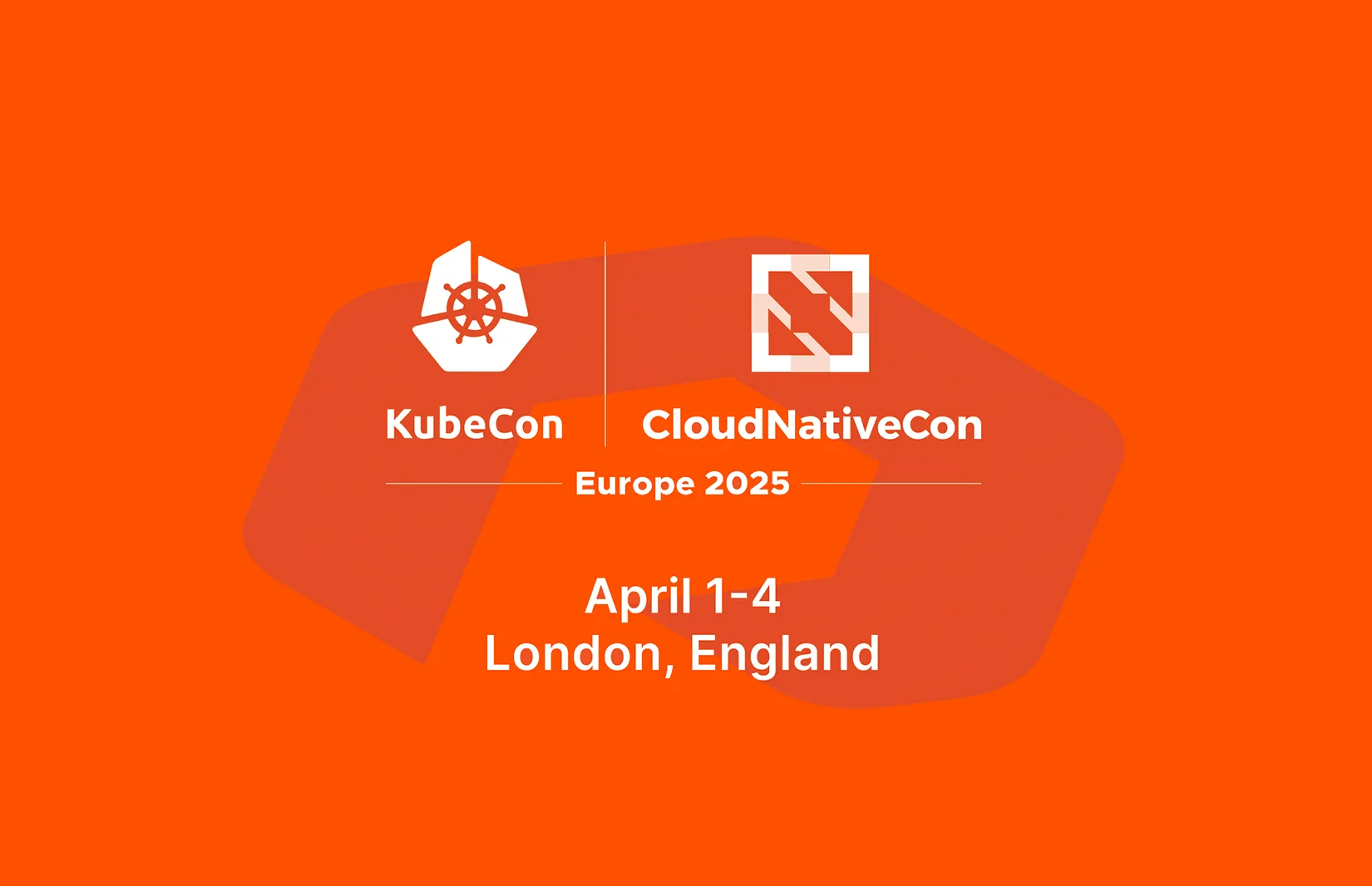Portworx
-
From Storage to Stream: A Comparison of Leader Election in Portworx, Kafka, and Raft
This article explores the similarities and differences in the leader election process in Portworx, Kafka, and the Raft protocol.
By:
This article explores the similarities and differences in the leader election process in Portworx, Kafka, and the Raft protocol.
By:


